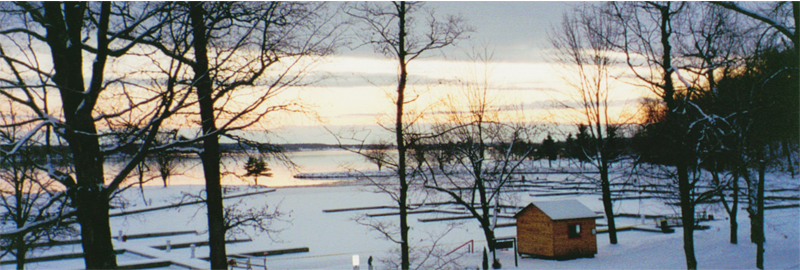The Innocents by Michael Crummey
Unlike Michael Crummey’s previous novels, where the characters are sometimes subsumed by the vastness and rawness of Newfoundland, in ‘The Innocents’ the adolescent protagonists, Evered and Ada Best, are central to the story.
Set some time in the early 1800s, the novel begins with tragedy when Evered and Ada’s parents and baby sister die. In their harsh struggle for survival in their isolated cove, the orphaned siblings battle brutal winters with wild storms of wind and whipping currents of torrential rain threatening to destroy the fragile tilt in which they live and their boat. The seasonal arrival of caplin and cod and summer berries provide a modicum of relief, and exposure to the outside world is afforded with twice-yearly visits of the supply ship, the Hope, when Evered trades cod for food staples. After going on board the wreck of a ship caught in the ice, Evered suffers from ice blindness, and in his torment thinks the ship has brought some sort of curse upon them. Later, as the vicious elements continue to conspire to defeat the two youngsters and sickness hovers, to this toxic mix is added bewilderment at the complications of sexual maturation.
Despite all the pitfalls, the close relationship between Evered and Ada comes through, particularly in the early chapters of the book. They truly are innocents, prompting me to wonder how, if I had been orphaned in an isolated cove with no one around to guide and from whom to learn, I would know that incest was wrong. Would I know how a baby is conceived? How would I understand anything? I wouldn’t, and Crummey is very careful to protect Evered and Ada so that no one should think badly of them.
The story has its genesis in a report Crummey discovered some years ago in provincial archives of a peripatetic 18th century clergyman who came across an orphaned brother and his pregnant sister living in an isolated cove. After concluding that the brother was the father of the baby, the clergyman beat a hasty retreat from the gun-toting young man.
The thread of a mystery about the youngsters’ parents runs through the novel and, to Crummey’s credit, he isn’t tempted to reveal the secret but leaves it instead to the reader’s imagination. Although this approach won’t appeal to readers who like a story to be neatly wrapped up, for me it adds further intrigue.
Despite the rawness of the youngsters’ situation, there is beauty in the writing. There is also beauty in the cover of the book, taken from a 2009 painting by Diana Dabinett, a visual artist who lives in Shoe Cove, Newfoundland. All in all, a worthy contender for the 2019 Giller Prize.

Leave a Reply